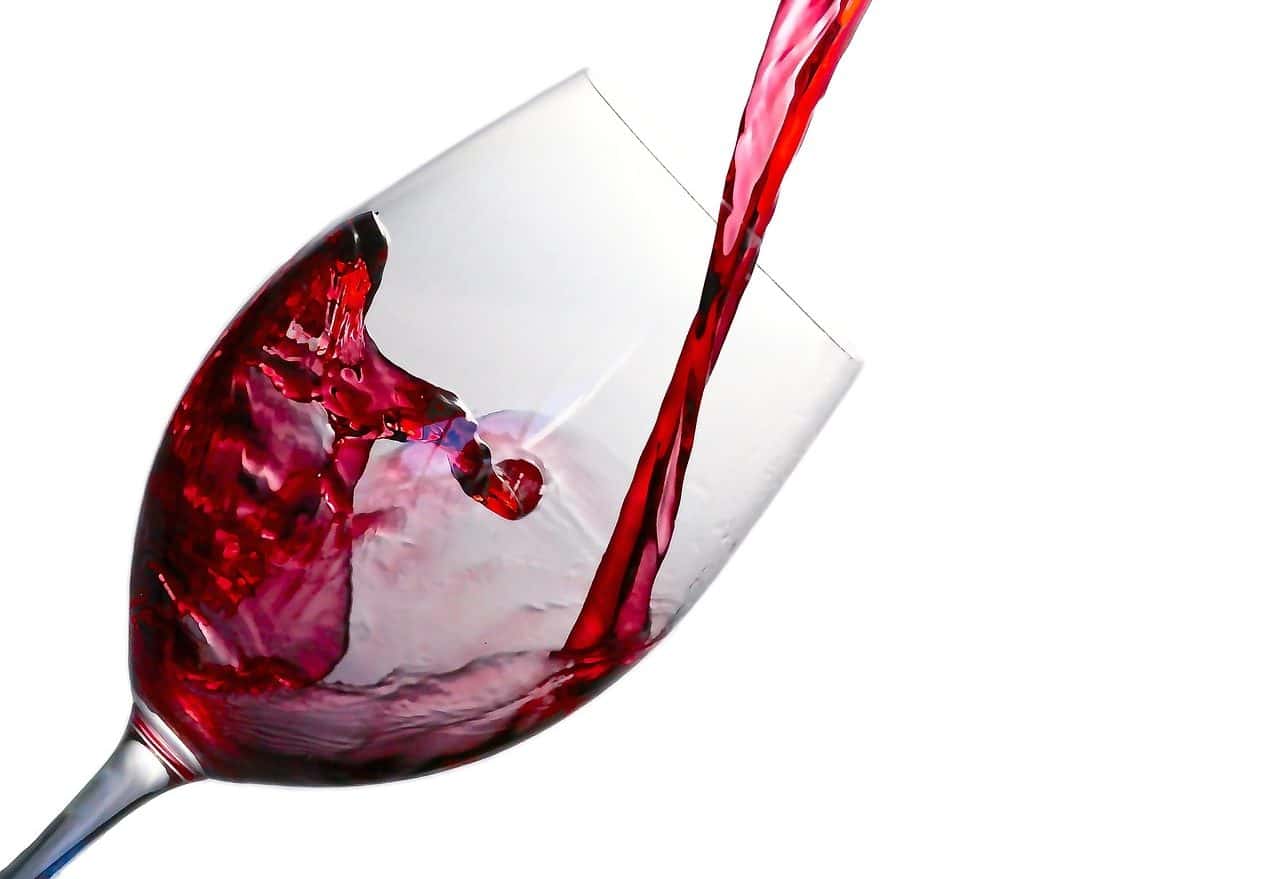
The decoration that embellishes the edges of something is called edging.
Edging is a notion from the French term rivet which, in turn, derives from the Latin ripa . The concept has several meanings accepted by the dictionary of the Royal Spanish Academy ( RAE ).
A trim can be the reinforcement that protects or highlights the edges of a shoe , garment , or other item. For example: "The bride's dress had a flowered trim that was hand-embroidered by her mother," "The table, covered by a blue tablecloth with white trim, dominated the center of the room," "My wife gave me some beautiful shoes that have black trim made with suede .
Decorative trims
Given the popularity of virtual greeting cards, interactive presentations and invitations to all types of events that are prepared entirely using computer design and illustration tools, edging, understood as ribbons and other decorative elements , are widely used to achieve more impressive finishes . As with borders and photographs, for example, a large number of borders are available on the Internet, many of them free, so it is not necessary to have artistic skills to take advantage of this type of ornament.
Decorative borders are usually made in vector format, which offers many advantages, the main one being that quality is not lost when changing its size. Unlike a bitmap image, which is formed from pixels, the vector image is made up of a series of individual geometric objects mathematically calculated in real time (while the user manipulates them for editing the document) capable of reproducing everything type of shapes with great precision. Basically, points connected to each other with straight or curved lines are defined; Once a segment or polygon is completed, it can be traced or filled with the desired color, as appropriate.

Regarding wine, the rim is the edge that can be seen on the glass.
The signs or symptoms of something
Edges can also be signs, symptoms or indications of something . If a man affirms that his young son has "artistic traits," he will be saying that the child shows, in certain contexts or occasions, a talent for developing artistic activities. It is expected that in the face of such a discovery, the father will try to provide the son with a series of opportunities to take advantage of said talent.
A film critic may share a similar expression when talking about a film that, although it can be defined as a comedy, has "dramatic edges" , since it includes some elements typical of this genre. Given that there is a growing tendency to merge various artistic genres, both in the field of literature , music and painting, for example, it is very common to find these features apparently foreign to the main genre in a work.
Other uses of the term edging
In other cases, trims are details, ornamentations or additional elements that are added to an event . It can also be a tone or tendency that something adopts: "The investigation took on new aspects when it was discovered that the victim's father was in the city on the day of the crime," "Because of Dr. Yoflito's announcement, the dinner took a turn for the worse." somber edging» , «I don't understand the edging that this series adopted in the last chapters» .
In wine , the rim is the edge that can be seen on the glass, and which is used to know data such as its evolutionary state and age. For example, young red wines that have been correctly made show a ruby-purple color that gradually evolves towards a brick tile color as time passes and the wine oxidizes. White wines make it more difficult to distinguish the rim, which is why it is necessary to look at the horseshoe that is generated around the glass: if they are young wines, then the reflections will be pale greenish yellow, something that with time turns golden.
